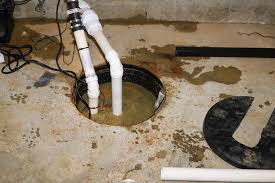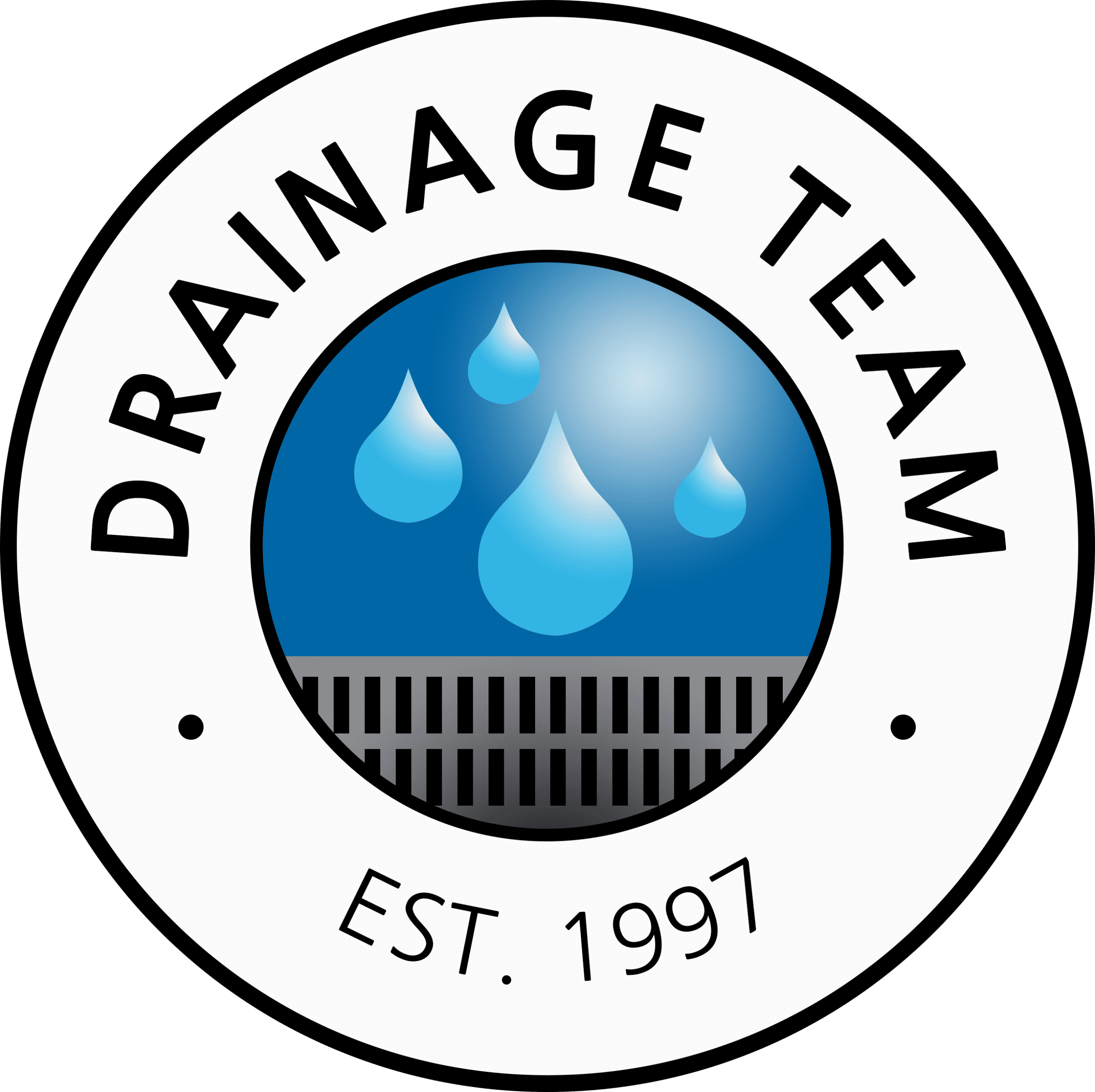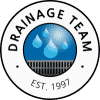Water intrusion in basements and crawl spaces is a significant concern for property owners, as it can lead to structural issues, health hazards, and damage to belongings. If left unaddressed, these problems can compound over time, resulting in costly repairs and depreciated property value. One of the most effective solutions to prevent water intrusion is the installation of a sump pump. This essential component in a property’s drainage system works tirelessly to prevent costly damage and keep living spaces dry and comfortable.
In this article, we delve into the world of sump pumps, discussing the fundamental principles behind their operation and exploring the various types available. We will also detail the numerous benefits of utilizing sump pumps for residential, commercial, and governmental property owners. By expanding your knowledge of sump pumps and their applications, you can make informed decisions on the best ways to manage water drainage problems in your property and safeguard it from the distressing effects of water intrusion.
Whether you are an experienced property owner or new to the realm of property management, understanding the role sump pumps play in ensuring your property remains safe, dry, and structurally sound is a valuable insight. Join us as we dive into the world of sump pumps and uncover how to maximize the potential of this often-overlooked yet vital tool in your property’s drainage arsenal. With proper knowledge and implementation, you can enjoy the peace of mind that comes from knowing your living spaces are safeguarded against water intrusion and its accompanying challenges.
1. The Fundamentals of Sump Pumps
A sump pump is a crucial component in a property’s drainage system, designed to collect and discharge excess water from basements, crawl spaces, or other low-lying areas. Water accumulation, whether caused by heavy rainfall, groundwater intrusion, or high water table levels, can lead to an array of problems for property owners. Sump pumps work to address this concern, pumping water away from the property and keeping basements and crawl spaces dry.
A typical sump pump system comprises a sump basin, a pump unit, and a discharge pipe. The sump basin, an excavation or pit carved into the foundation’s base, collects accumulated water. The pump unit, located within the basin, activates when water reaches a specified level and begins to pump the water through the discharge pipe and away from the property.
Sump pumps come in various sizes, capacities, and styles, ensuring a suitable option is available for nearly any property size and water drainage demand. By understanding the fundamental principles and components of sump pumps, property owners can better identify the most appropriate solution for their property and its unique requirements.
2. Types of Sump Pumps
There are two primary types of sump pumps: pedestal pumps and submersible pumps. Each type offers unique advantages, making them suitable for different scenarios and property types.
Pedestal Pumps
Pedestal pumps, capable of lasting 25 to 30 years, feature a motor located above the sump basin on a tall, vertical shaft. This design ensures the motor remains dry and minimizes the risk of malfunction due to flooding. Pedestal pumps are particularly suitable for smaller sump basins or properties with limited basement space, as their compact footprint preserves valuable space.
Submersible Pumps
Submersible pumps, designed to operate fully submerged in water, feature a waterproof motor enclosed in a sealed housing. This design extends their durability while simultaneously minimizing operational noise. While they typically have a lifespan of 5 to 15 years, submersible pumps can provide greater pumping capacity, making them ideal for properties with larger water intrusion issues.
Understanding the differences between pedestal and submersible sump pumps helps property owners determine the most effective solution based on their property’s needs, space constraints, and water removal requirements.
3. Benefits of Sump Pumps for Property Owners
Installing a sump pump system offers multiple benefits for residential, commercial, and governmental property owners:
– Moisture Control: By managing water accumulation in basements and crawl spaces, sump pumps reduce excess humidity, preventing the growth of mold and mildew, which pose significant health risks and cause unpleasant odors.
– Flood Prevention: Sump pumps protect your property from heavy rainfall and rapid snowmelt by constantly pumping accumulating water away, keeping basements and crawl spaces dry, and avoiding costly damage.
Foundation Preservation: Sump pumps help maintain your property’s structural integrity by controlling water infiltration, preventing foundation erosion, and eliminating excessive hydrostatic pressure that can lead to cracks and structural instability.
– Property Value Protection: A well-functioning sump pump system demonstrates proper maintenance and care of your property, ensuring your investment is protected and remains appealing to prospective buyers or tenants.
Incorporating a sump pump into your property’s drainage system can provide peace of mind and long-term protection from the hazards of water intrusion, safeguarding your valuable investment.
4. Sump Pump Maintenance and Best Practices
To ensure the continued operation and efficiency of your sump pump system, regular maintenance and adherence to best practices are crucial:
– Routinely Inspect: Examine your sump pump, sump basin, and associated components at least twice a year, checking for debris, obstructions, and signs of wear or damage.
– Test Regularly: Pour a bucket of water into the sump basin and verify that the pump activates and efficiently drains the water. Perform this test every three to six months.
– Clean the Sump Basin: At least once a year, remove the sump pump and thoroughly clean the sump basin, eliminating accumulated debris and sediment.
– Battery Backup: Consider installing a battery backup system to ensure your pump continues to operate during a power outage, which often accompanies severe weather conditions that cause water intrusion.
Conclusion
Sump pumps play a crucial role in maintaining the health, safety, and value of residential, commercial, and governmental properties. Understanding the principles, types, and benefits of sump pumps empowers property owners to make well-informed decisions regarding water management solutions for their properties.
At Drainage Team, we specialize in delivering comprehensive and practical St. Louis drainage solutions, including sump pump installation and maintenance, tailored to meet your property’s unique requirements. Contact us today to discuss your property’s needs and discover how our expertise can help you maintain a safe, dry, and comfortable living space for years to come.






